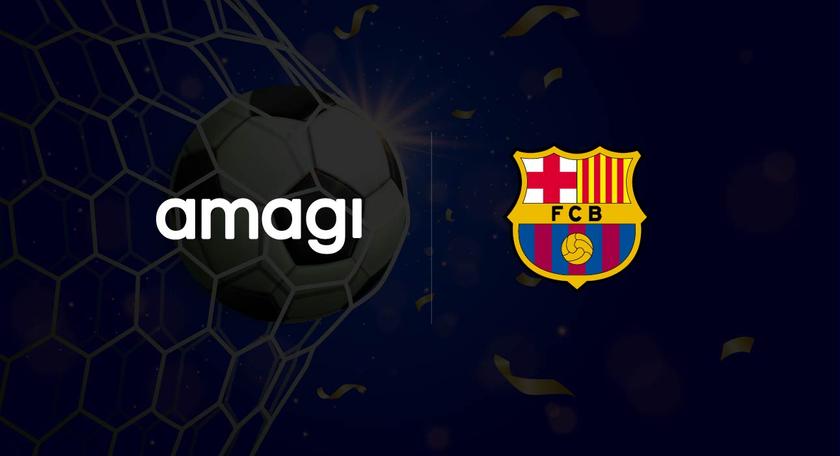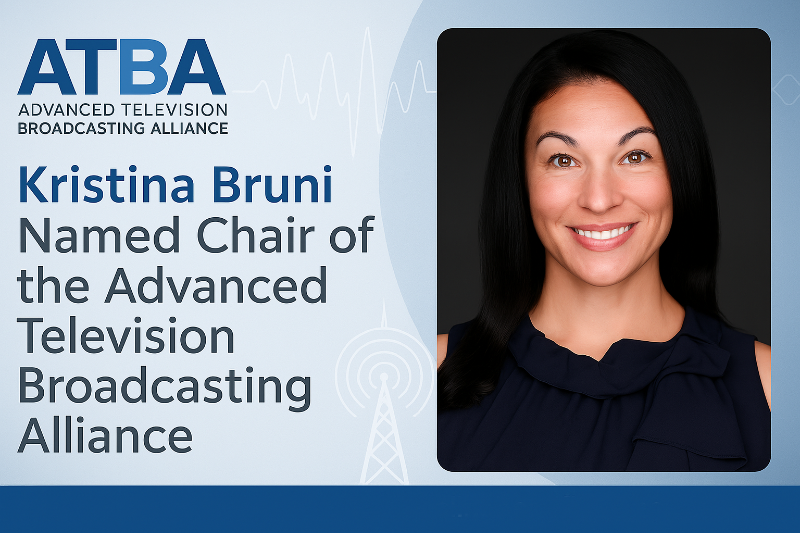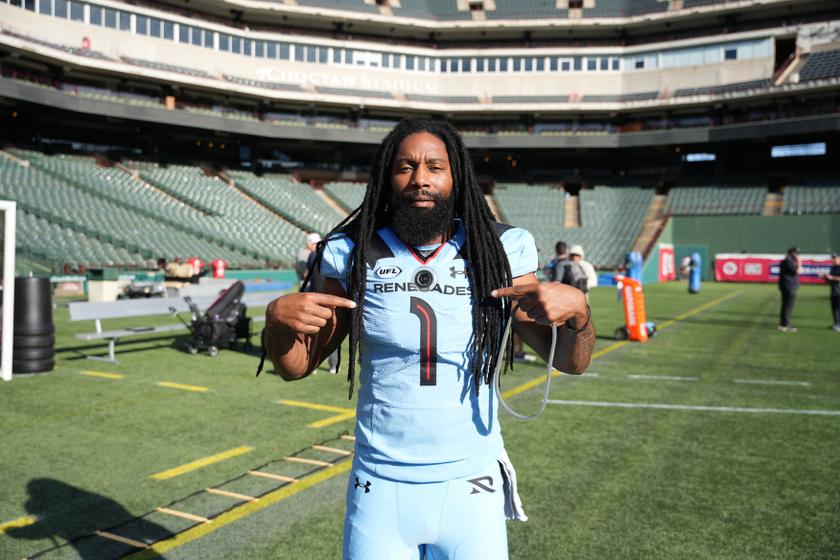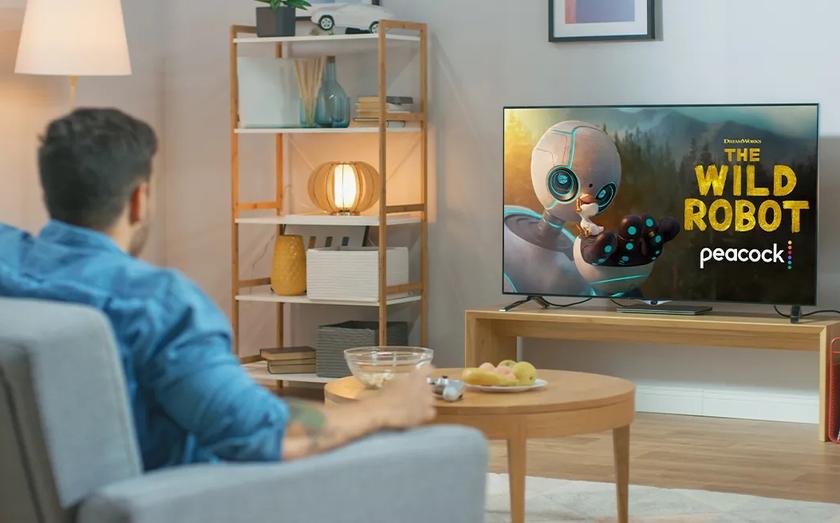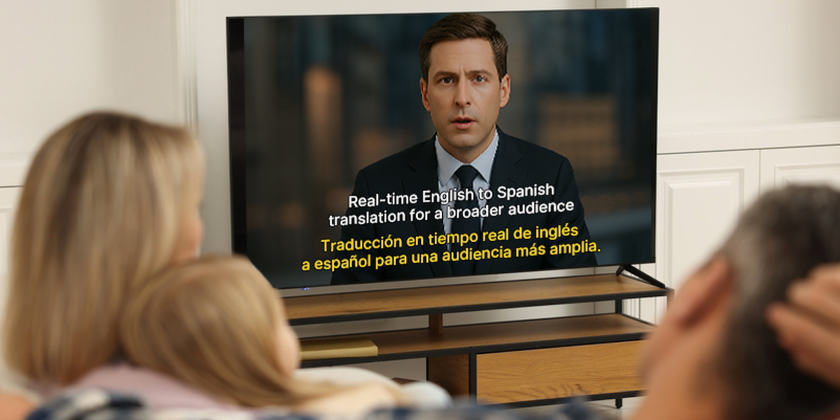DTV reception remains a concern
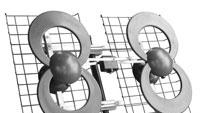
Digital television may be a new technology, but a distinctly unmodern aspect of the transition is the antenna. It dates back 60 years and — in this age of pay television — had been relegated to a cultural artifact by many viewers.
Now, with on-air viewers facing bleak reality, the antenna problem has become very real. There’s no getting around it. To receive digital television signals for free, many viewers will need a good antenna capable of receiving channels 2 through 51.
Because of the digital cliff effect, it’s no longer good enough to create a makeshift antenna that can suffer through reception artifacts. With DTV, you’ll either get a signal, or nothing. In some cases, rabbit ears will work. However, more often than not, it will take a rooftop, rotor-controlled antenna that can be aimed at stations to get reliable coverage.
Because more stations moved to the UHF frequencies — channels 14 through 51 — antennas will need to be equipped to pick up those signals. It could be a bow tie, a loop or some other antenna technology. And, of course, this is in addition to the VHF channels residing on channels 2 through 13.
Most American TV viewers now receive signals via cable, so antennas are not necessary. But viewers who do not subscribe to pay television services and have analog television sets will need to have digital-to-analog converter boxes — and a good antenna — attached to their televisions in order to continue receiving over-the-air television programming.
If the viewer didn’t know that, they got a reality check over the last weekend.
It should also be noted that converter boxes are not simple plug-and-play devices. The box has to scan or auto tune signals first and then every few weeks to pick up every available channel. This is necessary because some stations are moving to a different frequency as part of the transition.
Get the TV Tech Newsletter
The professional video industry's #1 source for news, trends and product and tech information. Sign up below.
Scanning of the converter boxes has been very confusing to many viewers and has resulted in the largest number of calls to various hotlines. The same procedure must be done with digital TV sets.
“The emphasis now is on scanning and rescanning converter boxes and telling consumers to adjust antennas,” said Julius Knapp, chief of the Office of Engineering Technology at the FCC, during a recent agency meeting about the transition.
Knapp said viewers should make sure they are using an antenna that can receive both UHF and VHF signals and check the FCC’s mapping tool at www.dtv.gov for signal coverage in their area. “We’re seeing a wide variation in the performance of different antennas,” he noted.
Every U.S. household can order up to two $40 coupons to offset the cost of converter boxes, which typically cost $50 to $80 each. The coupons take about 10 days to arrive. If you waited until the last minute, many discounted boxes are available from eBay or Craigslist.
Another dirty little secret about the DTV transition is that some viewers will completely lose a few channels — antenna or not. With analog signals, even viewers on the fringe of a station’s coverage area were able to receive an imperfect picture. Interference with the signals — tall trees or bad weather — would cause the screen to get noisier, but the picture would remain.
Digital signals, however, are different. They only extend about 40 miles from the station’s transmitting antenna and are more susceptible to multipath interference caused by tall trees or buildings. Even a small obstruction of the signal will cause a TV set’s picture to freeze, pixilate or disappear completely. For this reason, expect some familiar stations to disappear completely.
FCC acting chairman Michael Copps experienced this problem personally. When Copps upgraded his TV set for digital reception in February, he at first got an excellent picture. But now that the leaves have grown back on the trees surrounding his house, he is getting interference.
Of course, a good TV antenna costs money, which the government is not willing to subsidize. Also, professional installations are expensive (about $250), and many viewers are too old or lazy to do a rooftop installation themselves. And the cost couldn’t come at a worse time in this sour economy.
Cable and satellite providers know about this cost and are standing by, ready to offer basic TV service in many cases for as little as $10 a year. This lure is considerably cheaper than the antenna for “free” TV.
However, a recent survey sponsored by transmitter manufacturer Harris Broadcast states that of more than 1000 consumers queried, more than half said they are somewhat or very likely to switch to antennas to receive free, over-the-air HDTV signals, versus subscribing to cable or satellite subscriptions.
In addition, Antennas Direct, a provider of TV antennas for consumers, reported a 224 percent increase in sales for the first quarter of 2009.
More than 4.4 million TV antennas were sold in the United States in 2008, up 48 percent from the previous year, according to the Consumer Electronics Association.
The number of viewers who lost TV signals last week is not fully known and probably won’t be for a few more weeks. However, Nielsen predicted about 3.1 million homes — or 2.7 percent of U.S. households — were still not ready for the transition at the time of the analog shutdown.
We’ll soon find out.



